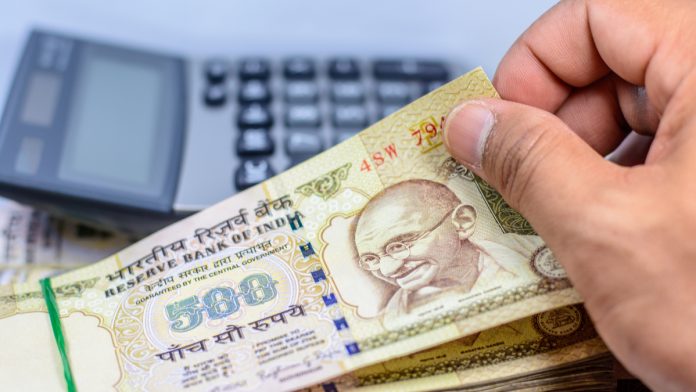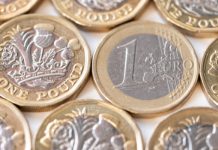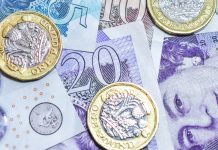GBP/INR got stuck near resistance lever at 94.800. At the time of writing, one British pound buys 94.862 Indian rupees, up 0.05% as of 7:10 AM UTC. This is the third consecutive bullish session, but the pair is moving inside a horizontal channel.
Earlier today, the Reserve Bank of India (RBI) left key interest rates unchanged, in line with analysts’ expectations. It also maintained the accommodative stance to support the economy hit by the pandemic along with the lockdown measures. The lending rate was left at 4.00% and the reverse repo rate at 3.35%.
RBI Governor Shaktikanta Das said in a gloomy outlook that the country’s gross domestic product (GDP) would contract 9.5% in the current fiscal year. He stated:
“The MPC is of the view that revival of the economy from an unprecedented COVID-19 pandemic assumes the highest priority in the conduct of monetary policy. The MPC decides to maintain status quo on the policy rate in this meeting and await the easing of inflationary pressures to use the space available for supporting growth further.”
Das refers to the inflationary pressure as consumers prices exceed the RBI’s inflation target that ranges between 2% and 6%. This makes it difficult for the central bank to ease policy.
UK GDP Growth in August Falls Short of Expectations
Despite the dull sentiment, the rupee manages to keep steady as the pound is also under pressure after the UK released GDP data earlier today. The Office for National Statistics (ONS) said that the UK economy grew more slowly than expected in August. Moreover, much of the growth came from the one-off restaurant subsidy scheme. The GDP rose 2.1% from July, while analysts expected an increase of 4.6%.
Suren Thiru, head of economics at the British Chambers of Commerce noted that the recovery might be fading as the output maintains well below pre-COVID levels. The slight increase in economic activity doesn’t reflect a V-shaped recovery but only a temporary boost from the lockdown easing, he said.
Still, the pound is supported by some persistent Brexit optimism, as both the UK and the EU admitted that a deal is still possible.





